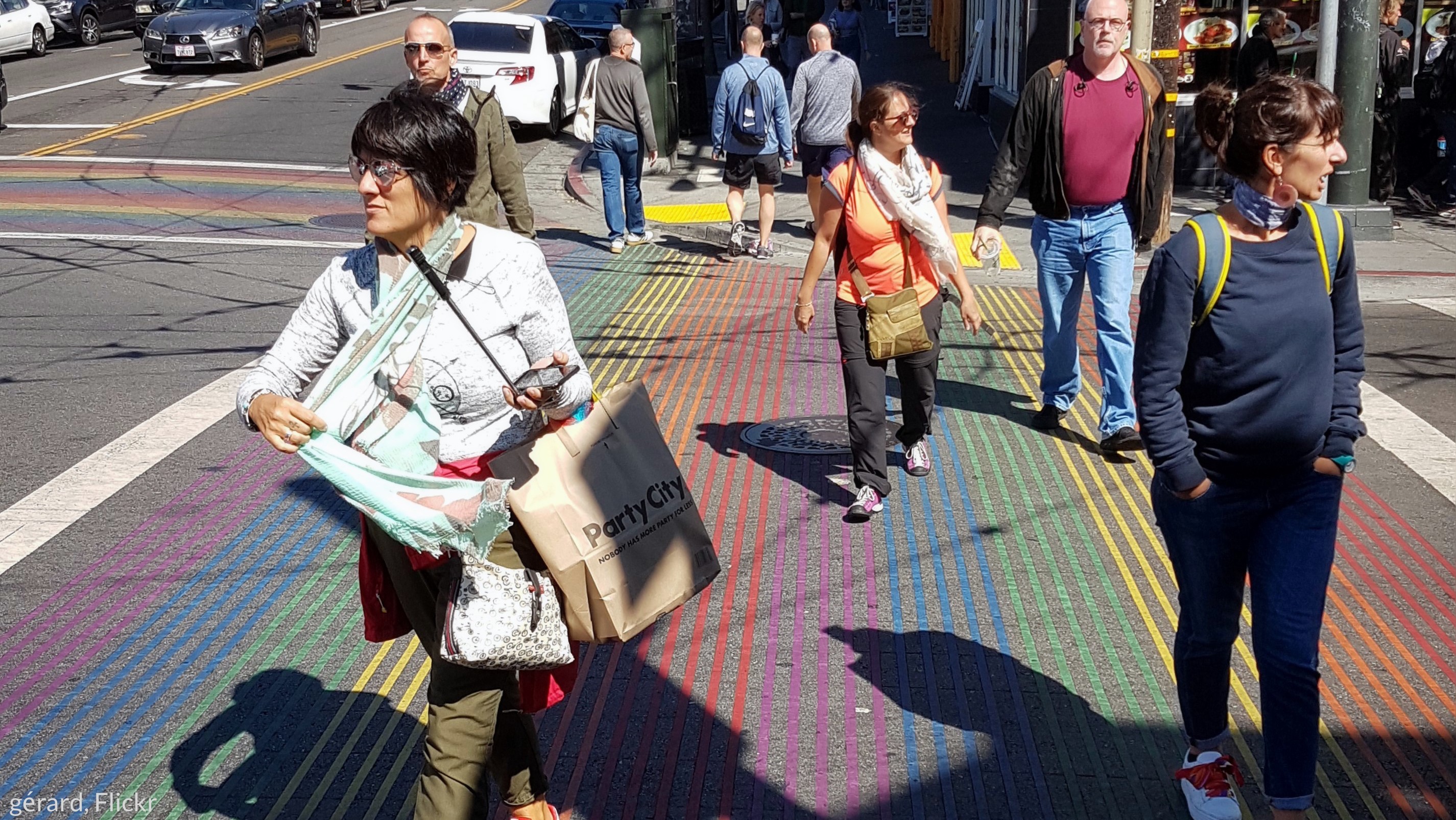
News
By Steve Davis, June 25, 2019

Our new Foot Traffic Ahead report shows that walkable neighborhoods are in high demand in all of the country’s biggest metro areas but also massively undersupplied, leading to price premiums that make it a challenge for everyone to experience the benefits of living in them.
Over roughly the last decade since the recession of 2008-09, there has been a sizable shift toward more development in walkable urban areas in the largest U.S. metro areas. Even within many suburbs dominated by office parks and sprawling land uses, the market share for walkable urban development has been growing. Foot Traffic Ahead 2019, released yesterday at our LOCUS Leadership Summit, showed that in the 30 largest metros, investors, buyers, and renters are willing to pay an average of 75 percent more per square foot for walkable urban real estate (office, retail and multi-family housing) compared to drivable sub-urban areas.
Catch up with the full findings of Foot Traffic Ahead
There are numerous potential economic and social benefits for cities and metro areas that find ways to meet this pent-up demand for walkable places—and perils for communities that continue to subsidize sprawl and fail to do what’s necessary to allow people of all incomes to live in walkable places.
At Smart Growth America we believe that at the heart of the American dream lies the simple hope that each of us can choose to live in a neighborhood that’s affordable, lovable, and in which it’s easy to get around.
But Foot Traffic Ahead also makes it plainly clear that we urgently need to create more of these mixed-use, walkable places that are well connected to jobs and opportunity and where people of all incomes can live. The kinds of price premiums that we see in many of these metro areas are the result of overwhelming demand. So many people want to live in these kinds of places, but our cities and suburbs have 1 ) made it illegal to build these places on the vast majority of their land and 2) too hard to build them where it isn’t strictly illegal.
Renters are far more susceptible to displacement than owners are when it comes to price increases, and with rent premiums of 61 percent for rental multi-family housing in walkable urban places compared to driveable suburbs, metro areas run the risk of seeing those who can benefit the most from walkable, connected neighborhoods pushed out to the periphery.
Supply is the first problem, but not the only one
Why don’t we have more of these walkable neighborhoods and places? A framework of misguided government incentives, regulations, zoning codes, and infrastructure decisions combine to distort the market, often making it downright illegal to build these kinds of in-demand walkable places.
Foot Traffic Ahead shows that—even in metro areas with excessively high rents like San Francisco or Washington, DC—the walkable urban places typically have better social equity because of lower transportation + housing costs compared to the suburbs where transportation costs are sky-high and jobs may be far away. Sustaining existing walkable places, adding more housing within them, and building more of them to increase the supply are essential components of improving affordability in metro areas.
In every one of the 30 metros we examined for Foot Traffic Ahead there was momentum for future growth in their walkable areas.
Thus, these cities are faced with a choice: They can continue distorting the market and subsidizing a form of growth that makes it harder for residents to reach their daily needs, separates people from jobs and opportunities, and costs far more to serve and maintain. Or governments—at all levels—can take their thumbs off the scale and realize the massive potential benefits of meeting the pent-up demand for walkable places.
As metros face rising housing prices—in both walkable and driveable sub-urban places—they will need aggressive affordable housing programs and policies to address this crisis in the short term. But building more walkable areas with ample housing, and changing regulations that currently prevent this, is one of the best ways to protect and improve social equity and help more residents live in safe and healthy neighborhoods that are well-connected to jobs and opportunity.
Doing so is one of the most important steps we can take to allow everyone to realize the dream of living in a place that is healthy, prosperous, and resilient.
Related News

© 2025 Smart Growth America. All rights reserved
Site By3Lane Marketing










